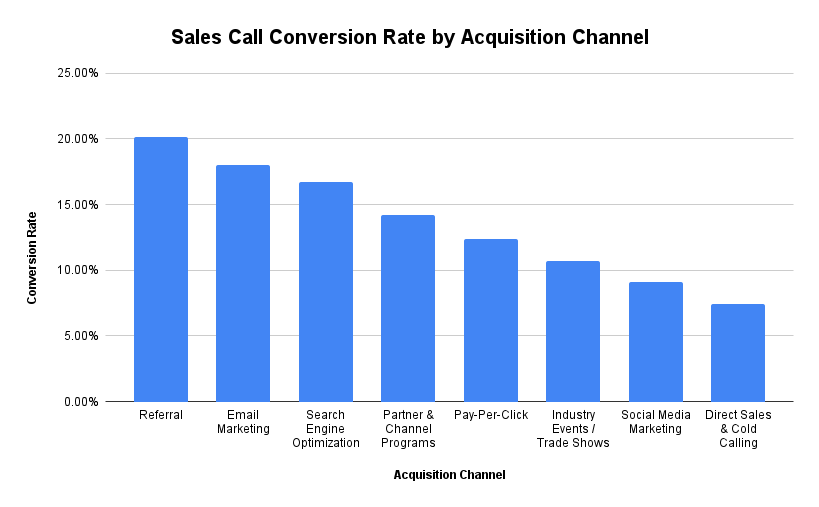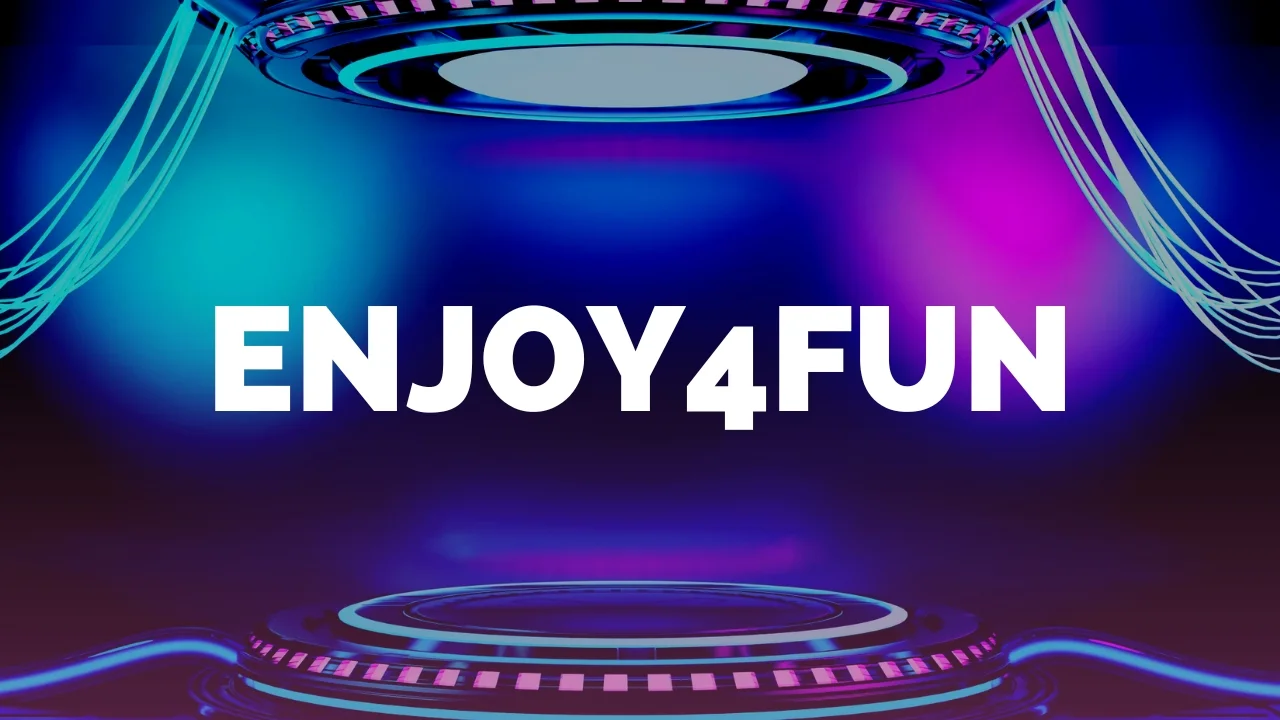Increasing your downsells conversion rate can help maximize sales and improve overall business performance. A downsell is a lower-priced offer presented to customers who have declined your initial, higher-priced product or service. The goal is to retain the customer by offering them a more affordable option, which can still result in a sale. But what happens when your downsell conversion rates are slow? In this article, we’ll discuss simple, yet effective tactics to increase slow downsell conversion rates.
What is a Downsell?
A downsell is a sales technique used when a customer rejects a high-priced offer. Instead of losing the sale altogether, you offer them a lower-cost alternative. This helps businesses recover some revenue from customers who may not be ready or willing to spend at the higher price point. Downsells can be especially useful for businesses that have multiple product or service tiers.
While the strategy is effective, it’s not uncommon to face challenges in converting customers through downsells. Let’s explore tactics that can help you improve those rates.
1. Understand Why Customers Decline the Original Offer
Before you can craft a successful downsell, you need to understand why the customer declined your initial offer. Is the price too high? Do they not see the value in the product? Identifying the root cause of their refusal helps you create a downsell that meets their needs.
Tip:
Use surveys or ask for feedback to understand why customers are not accepting the initial offer. Knowing their pain points will allow you to create a downsell that addresses those concerns.
2. Ensure the Downsell Offers Real Value
Even though a downsell is a lower-priced option, it still needs to provide real value to the customer. A cheaper price alone won’t drive conversions if the product doesn’t feel worth it. Highlight how the downsell can still meet the customer’s needs, even if it lacks some features of the main offer.
Example:
If you’re offering a software product, the downsell might have fewer features than the premium version, but make sure to emphasize how the core functionality remains useful for the customer’s needs.
3. Simplify the Purchase Process
A slow or complicated checkout process is a big reason customers abandon their carts. To increase downsell conversion rates, ensure that the process of accepting the offer is simple and fast. The fewer steps involved, the more likely customers are to follow through.
What You Can Do:
Make the downsell offer easy to accept with minimal clicks. Use a short, straightforward checkout page and avoid lengthy forms or unnecessary distractions during the process.
4. Use Scarcity and Urgency to Motivate Action
Adding a sense of urgency or scarcity can encourage customers to act quickly. If customers believe that the offer is available for a limited time, or that stock is running out, they are more likely to take action immediately.
How to Implement:
You can use phrases like, “Limited-time offer!” or “Only a few units left!” to prompt customers to make faster decisions. Make sure to genuinely create a sense of urgency without being overly pushy.
5. Personalize the Downsell Offer
Personalization can greatly increase the relevance of your downsell. Tailoring your offer to match the customer’s preferences or past behavior will make it more appealing. People are more likely to accept an offer when it feels specifically designed for them.
How to Personalize:
Use customer data, such as their previous purchases or browsing behavior, to offer a downsell that suits their interests. For example, if they previously looked at a specific category of products, offer them a related item at a lower price.
6. Highlight Customer Testimonials or Reviews
Social proof is a powerful tool for building trust. When customers see positive reviews or testimonials from others, they are more likely to believe in the value of your product or service. This can increase the likelihood of them accepting your downsell offer.
Example:
Include a brief testimonial from a happy customer who found value in the downsell product. Highlighting how others have benefited from the offer can reassure potential buyers that they are making a good choice.
7. Follow Up with Abandoned Offers
Sometimes, customers need more time to think before they accept a downsell offer. If they don’t immediately take the offer, don’t give up! Sending a follow-up email can remind them of the value of the downsell and encourage them to reconsider.
Tip:
Send a follow-up email within 24-48 hours after the initial offer is declined. Restate the benefits of the downsell and, if possible, offer a limited-time discount or bonus to sweeten the deal.
8. Test Different Versions of Your Downsell Offers
Testing different versions of your downsell offers is key to figuring out what resonates best with your audience. By changing one element at a time, such as the price, wording, or design, you can determine which version performs better.
How to Do It:
Create two or more versions of your downsell offer and test them against each other. This process, known as A/B testing, helps you identify the most effective elements that drive conversions, allowing you to fine-tune your strategy.
Conclusion
Increasing slow downsell conversion rates requires a mix of understanding your customers, providing real value, and making the process as easy as possible. By personalizing offers, creating urgency, highlighting social proof, and following up with hesitant customers, you can significantly improve your downsell performance. With consistent testing and optimization, you’ll be able to maximize the effectiveness of your downsell strategy and boost overall sales.
FAQs
1. What is a downsell?
A downsell is a sales technique where you offer a lower-priced product or service to a customer who declines your more expensive offer. This strategy helps recover potential lost sales by giving the customer a more affordable option.
2. Why should I use a downsell strategy?
A downsell strategy allows you to retain customers who may not be ready to spend on a higher-priced offer. By offering a less expensive option, you can still generate revenue and possibly lead the customer to future purchases.
3. Why is my downsell conversion rate low?
Common reasons for low downsell conversion rates include:
- Customers not seeing enough value in the lower-priced offer.
- A complicated or lengthy checkout process.
- Lack of urgency to take advantage of the offer.
- The offer not being personalized to the customer’s needs.
4. How can I increase the value of my downsell offer?
To increase the perceived value, clearly explain how the downsell still meets the customer’s needs or solves their problem. Highlight the key benefits that make it a worthwhile investment, even at a lower price.
5. How can I simplify the purchase process for my downsell offer?
Keep the checkout process simple and user-friendly. Use fewer steps, offer a one-click purchase option, and eliminate unnecessary fields or distractions during the transaction to make it easy for customers to accept the downsell.
6. How does urgency help improve downsell conversion rates?
Urgency motivates customers to act quickly. Limited-time offers or highlighting low stock can push customers to make decisions faster, increasing the likelihood that they’ll accept your downsell.
7. What role does personalization play in downsell success?
Personalization makes the downsell more relevant to the customer by catering to their specific needs, preferences, or past behavior. Customers are more likely to accept offers that feel tailored to them.
8. Can social proof boost downsell conversions?
Yes, using social proof like reviews, testimonials, or case studies can build trust and encourage customers to accept your downsell offer. Seeing that others have had positive experiences with the product makes it more appealing.
9. Should I follow up with customers who don’t accept the downsell offer right away?
Yes, following up with a reminder email or a limited-time discount can encourage customers to reconsider the downsell offer, especially if they need more time to think before making a decision.
10. What is A/B testing and how does it help with downsells?
A/B testing involves creating different versions of your downsell offer and comparing which one performs better. By testing variations in pricing, wording, design, or features, you can identify what resonates best with your audience and optimize your offers accordingly.
Read Also:Deep-Nude AI: Understanding the Technology and Its Ethical Implications




